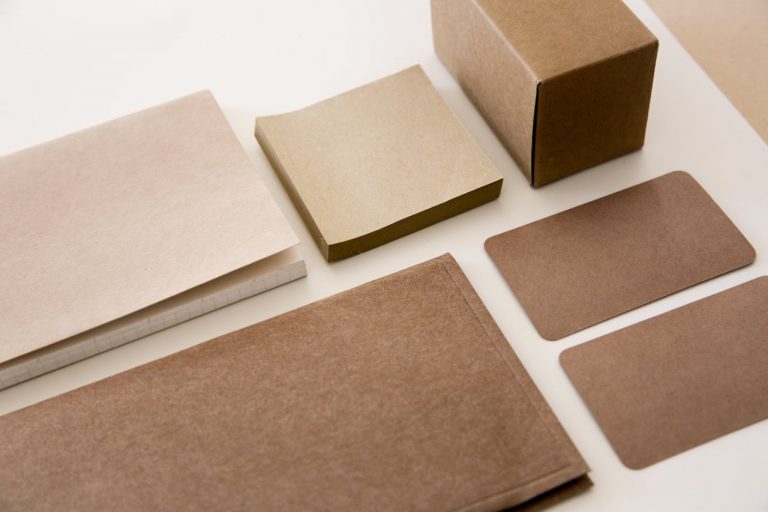In our daily lives, cardboard boxes, which we encounter everywhere, often seem simple and ordinary. However, their production process is, in fact, a combination of complex technology, precise engineering, and craftsmanship. Let’s take a journey together into this “secret world” and learn how a cardboard box comes to life.
1. From Raw Material to Sheet: The First Step
Everything begins with cellulose fibers, the main raw material for cardboard. These fibers are obtained from wood or recycled paper. The raw material is turned into sheets using special machines. These sheets are then glued together to create single-layer or multi-layer cardboard boards. For instance, **single-wall** sheets are ideal for lightweight products, while multi-wall boards, such as **triplex**, provide maximum protection for heavy industrial goods.
2. Cutting and Shaping: The Importance of Precision
Once the cardboard sheets are ready, one of the most crucial stages begins: cutting the box shapes. This process is carried out using computer numerical control (CNC) cutting machines. The specific design and dimensions of each box are entered into the program. These machines cut the cardboard and create the creasing lines with millimetre accuracy. It is precisely this accuracy that allows the boxes to be easily assembled and achieve their ideal shape. An incorrectly cut box not only loses its function but also increases production costs.
3. Printing and Decoration: Bringing Packaging to Life
After the box is cut, the brand’s logo, product information, and attractive designs are printed on it. Modern printing technologies ensure high-quality, bright, and vibrant colours on the cardboard surface. Additional lamination or special coatings are applied to some boxes to increase their resistance to moisture and damage. This stage transforms the packaging from a simple container into a powerful marketing tool.
4. The Final Stage: Gluing and Final Inspection
Finally, the cut and printed boxes enter automated gluing machines. The machines firmly glue the folded edges of the box, ensuring its strength. After the entire process is complete, the boxes go through a quality control phase. Their dimensions, sturdiness, and print quality are checked. Only the boxes that successfully pass these tests are considered ready to be shipped to the customer.
As you can see, a cardboard box is not a simple product. It is a fusion of industrial innovation and precision engineering. The next time you pick up a cardboard box, remember the complex process that stands behind it.

